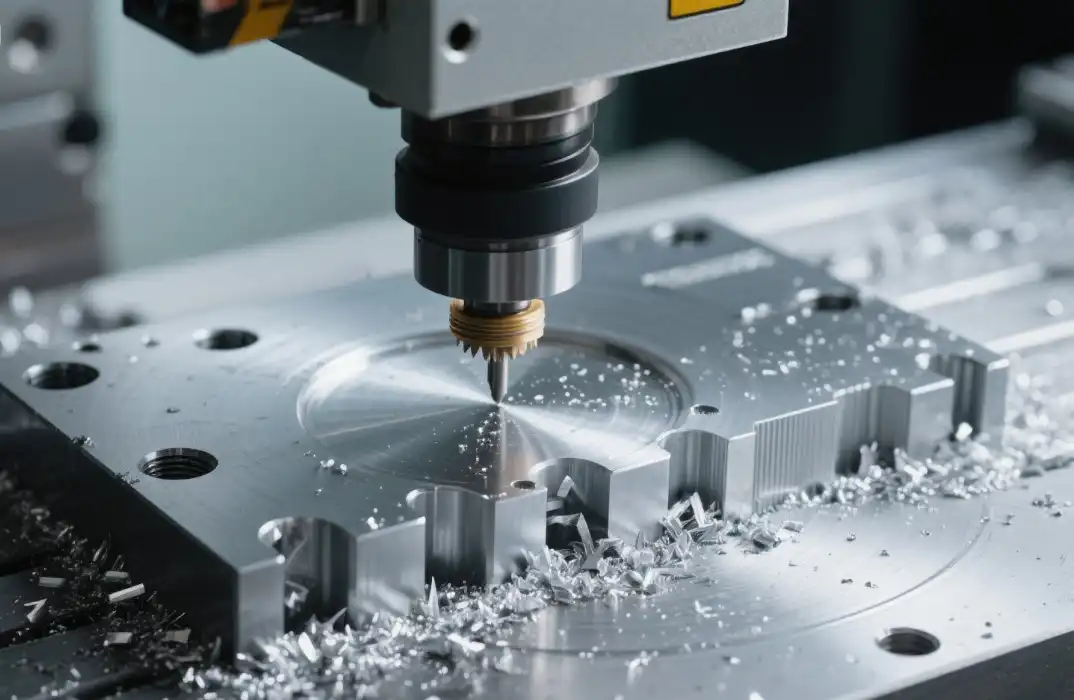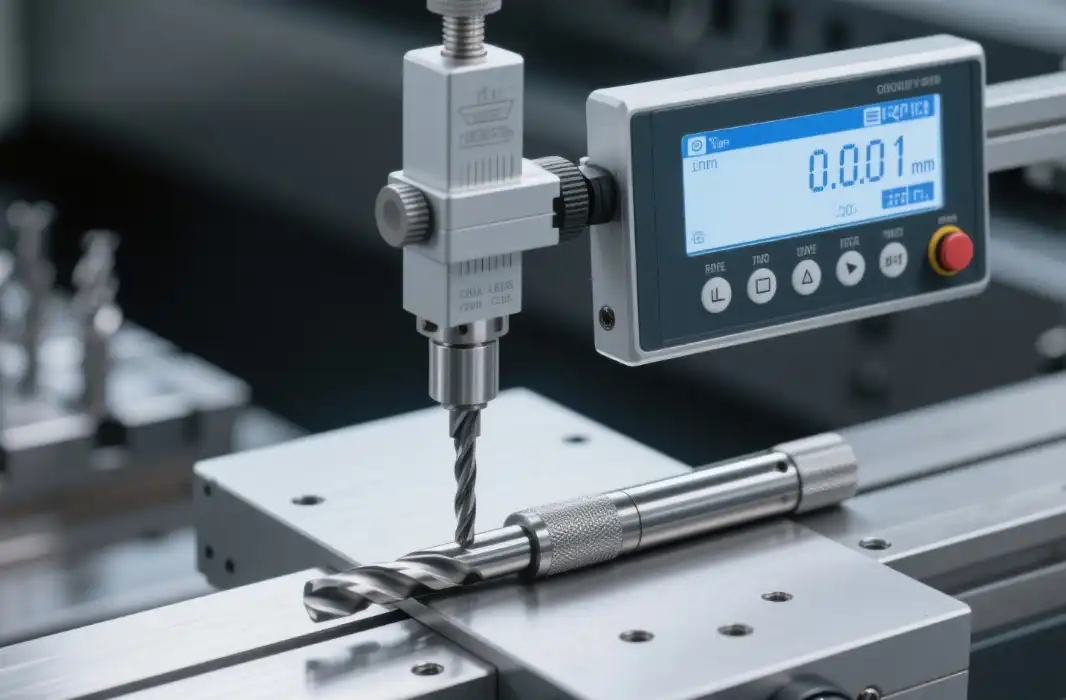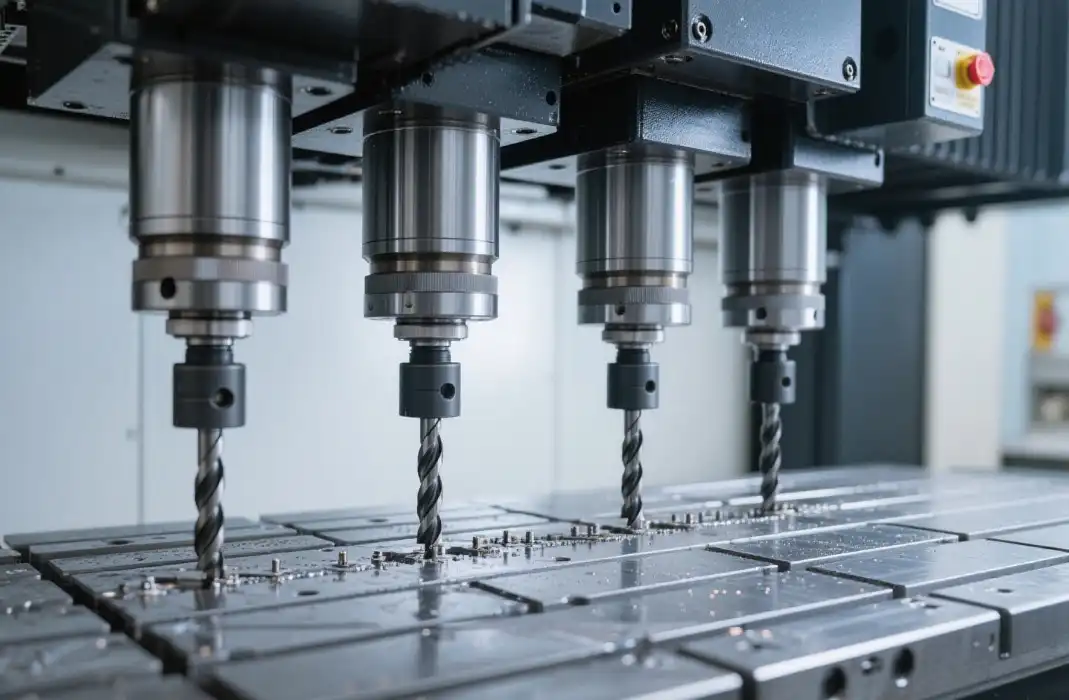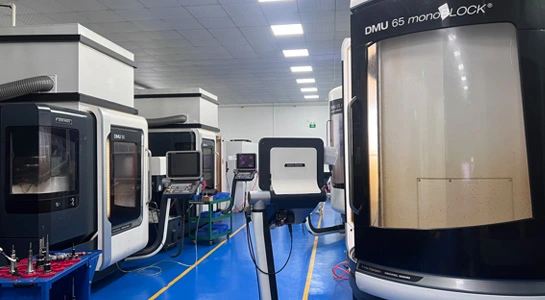Cost-Effective Product Development and Market Testing
Reduced Initial Investment
Low-volume production offers a cost-effective approach to product development by significantly reducing the upfront investment required for traditional mass manufacturing. Utilizing techniques such as rapid prototyping and CNC machining allows companies to produce small batches without the need for expensive molds, dies, or specialized tooling. This approach minimizes financial risk, enables more efficient allocation of resources, and allows businesses to experiment with new concepts. By lowering initial costs, companies can focus on innovation and validate their designs before committing to larger-scale production runs.
Efficient Market Validation
Low-volume manufacturing enables businesses to quickly produce limited quantities of products for market testing and validation. By gathering customer feedback and assessing demand at an early stage, companies can identify design flaws or areas for improvement before entering full-scale production. This process reduces the likelihood of costly mistakes, ensures that products meet market expectations, and allows for more informed decision-making. Efficient market validation through small-scale production ultimately accelerates time-to-market while safeguarding resources and increasing the chances of commercial success.

Customization Opportunities
Low-volume production provides significant flexibility for product customization and rapid design iteration. Manufacturers can easily modify existing designs or create multiple product variations to meet the unique needs of specific customers or niche markets. This adaptability allows companies to respond quickly to market trends, test new ideas, and differentiate their offerings without incurring the high costs associated with retooling for mass production. By leveraging low-volume manufacturing, businesses can maintain a competitive edge, explore innovative product concepts, and deliver tailored solutions that enhance customer satisfaction.
Accelerated Time-to-Market and Improved Agility
Rapid Prototyping and Iteration
Low-volume manufacturing techniques, including 3D printing and CNC machining, provide rapid turnaround for prototypes and small production batches. This accelerated pace allows companies to test multiple design iterations quickly, refine functionality, and incorporate real-world feedback into the development process. By moving efficiently from concept to functional prototype, businesses can reduce development cycles, minimize costly design errors, and ensure that products meet quality and performance expectations. Rapid prototyping ultimately speeds up the overall time-to-market while supporting innovation and continuous improvement.
Faster Response to Market Trends
In today’s competitive and rapidly evolving market, the ability to respond promptly to changing customer demands is critical. Low-volume production empowers manufacturers to adjust product lines quickly, introduce new variations, or respond to emerging trends without the long lead times typical of conventional mass production. This agility allows companies to capitalize on market opportunities, maintain customer satisfaction, and stay ahead of competitors. Quick adaptation not only enhances responsiveness but also reinforces brand credibility and strengthens a company’s position in dynamic industries.

Bridging the Gap to Full-Scale Production
Low-volume manufacturing serves as a practical bridge between initial prototyping and large-scale production. It enables companies to refine manufacturing processes, identify potential bottlenecks, and optimize workflows before committing to full-scale operations. This intermediate step reduces the risk of costly errors, production delays, and quality issues during scaling. By thoroughly testing production strategies on a smaller scale, manufacturers can achieve smoother transitions to mass production, improve operational efficiency, and ensure consistent product quality while maintaining flexibility in responding to market changes.
Enhanced Quality Control and Risk Mitigation
Detailed Quality Inspection
With smaller production batches, manufacturers can implement more thorough quality control measures. Each item can undergo detailed inspection and testing, ensuring that any defects or issues are caught early in the production process. This level of scrutiny is often challenging to maintain in high-volume manufacturing environments, where speed and efficiency may take precedence.
Minimized Inventory Risk
Low-volume production allows businesses to maintain leaner inventory levels, reducing the risk of overproduction and obsolescence. By producing smaller batches on-demand, companies can better align their production with actual customer orders, minimizing storage costs and the potential for unsold inventory. This approach is particularly beneficial for products with uncertain demand or those subject to rapid technological changes.

Continuous Improvement Opportunities
The iterative nature of low-volume manufacturing provides ample opportunities for continuous improvement. As each batch is produced, manufacturers can gather data, identify areas for optimization, and implement refinements in subsequent runs. This ongoing process of evaluation and enhancement leads to improved product quality, increased efficiency, and reduced production costs over time.
Conclusion
Low-volume production offers a wealth of benefits for businesses seeking to innovate, reduce risks, and stay competitive in today's dynamic marketplace. By leveraging the flexibility, cost-effectiveness, and rapid turnaround times of low-volume manufacturing techniques, companies can accelerate product development, validate market demand, and refine their offerings before committing to full-scale production. This approach not only minimizes financial risks but also enables businesses to respond swiftly to changing customer needs and market trends, ultimately driving growth and success in an increasingly competitive global economy.
FAQs
What is considered low-volume production?
Low-volume production typically refers to manufacturing runs of 10 to 1000 pieces, though this can vary depending on the industry and product type.
Which industries benefit most from low-volume manufacturing?
Industries such as automotive, aerospace, medical devices, and consumer electronics often benefit greatly from low-volume production techniques.
How does low-volume production compare to mass production in terms of cost?
While the per-unit cost may be higher in low-volume production, the overall investment is typically lower due to reduced tooling and setup costs.
Experience the Benefits of Low-Volume Production with BOEN
At BOEN, we specialize in high-quality prototyping and low-volume manufacturing for a wide range of industries. Our expertise in CNC machining, rapid injection molding, and various 3D printing technologies allows us to deliver superior results for your product development needs. As a trusted supplier and manufacturer, we offer fast turnaround times and guaranteed quality for all your custom parts. Experience the BOEN difference in low-volume production today. Contact us at contact@boenrapid.com to discuss your project requirements.
References
Smith, J. (2022). The Evolution of Low-Volume Manufacturing Techniques. Journal of Advanced Manufacturing, 15(3), 245-260.
Johnson, A., & Brown, R. (2021). Cost-Benefit Analysis of Low-Volume Production in the Automotive Industry. International Journal of Production Economics, 232, 107931.
Lee, S., et al. (2023). Quality Control Strategies in Low-Volume, High-Mix Production Environments. Total Quality Management & Business Excellence, 34(5-6), 589-605.
Taylor, M. (2022). Bridging the Gap: Low-Volume Production as a Stepping Stone to Mass Manufacturing. Production Planning & Control, 33(6-7), 534-548.
Garcia, R., & Calantone, R. (2021). The Role of Low-Volume Manufacturing in Product Innovation and Market Testing. Journal of Product Innovation Management, 38(1), 90-113.
Wilson, D. (2023). Agile Manufacturing: Leveraging Low-Volume Production for Competitive Advantage. International Journal of Operations & Production Management, 43(4), 456-472.





